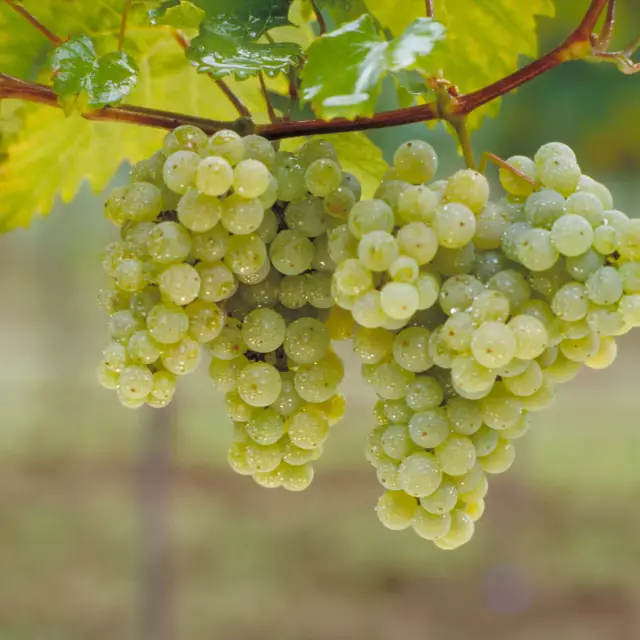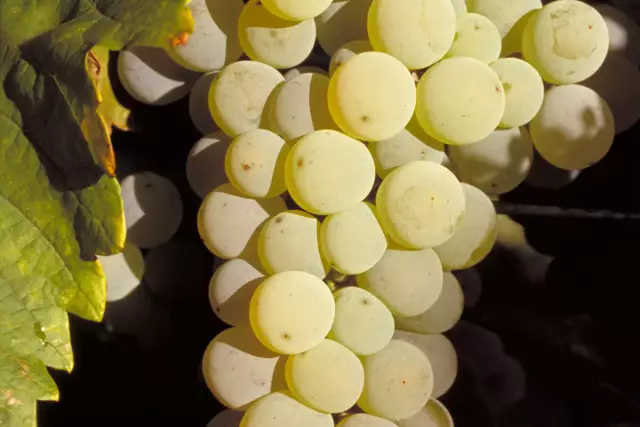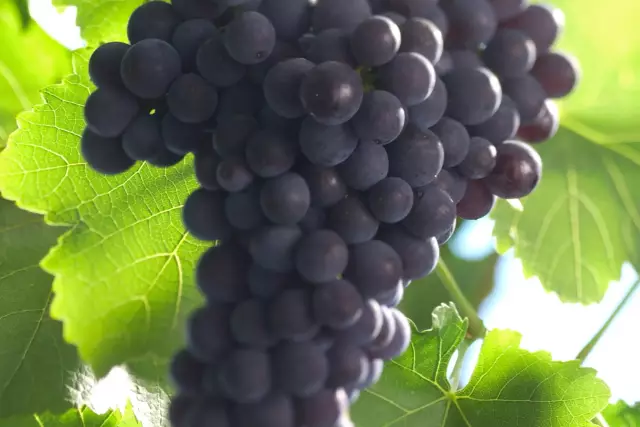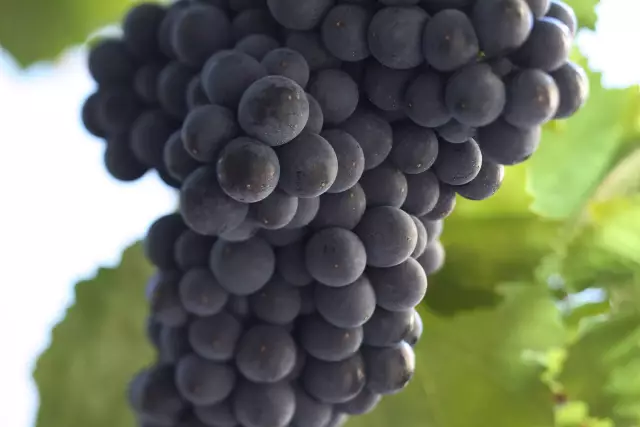Bacchus

The Bukett grape variety Bacchus was bred at the Federal Research Centre for Vine Breeding in Siebeldingen in the 1930s.
Facts
-
1985
The peak of the "Bacchus boom" was reached with 3.6 per cent of the total vineyard area
-
1,539 ha
Vineyard area 2023
Cultivation and signification
The Bacchus grape variety, which owes its name to the Roman wine deity, can produce high yields with comparatively high must weights. The variety, which is reminiscent of Scheurebe with its flowery muscat flavour, boomed particularly in the 1970s to 80s and reached its peak in 1985 with 3.6% of the cultivated area. Since the beginning of the 1990s, however, vineyards in Germany have been in sharp decline. In Germany, Bacchus vines are mainly found in Franconia, Rheinhessen, the Nahe and the Palatinate. In 2023, a total of around 1,539 hectares were planted with it, accounting for 1.6% of German vineyards.
Vinification and taste
Most of the light yellow wines are light to medium-bodied. However, mature Bacchus wines can also be rich in extract, fruity and emphasise the bouquet (sometimes reminiscent of Scheurebe). Wines with a high must weight and sufficient acidity can be somewhat Riesling-like and have a subtle muscat flavour (sometimes slightly reminiscent of Kümmel). Bacchus is a good accompaniment to Asian dishes.
At a glance
- Combination of the grape varieties (Silvaner x Riesling) x Müller-Thurgau
- Fruühreifend with high degrees of ripeness
- Prefers fresh, nutritious fruit
- Aroma: reminiscent of blackcurrants, oranges, sometimes with notes of nutmeg and caraway
What percentage of Germany's vineyard area was occupied by Bacchus at its peak?
At its peak in 1985, Bacchus claimed 3.6% of the German vineyard area.




